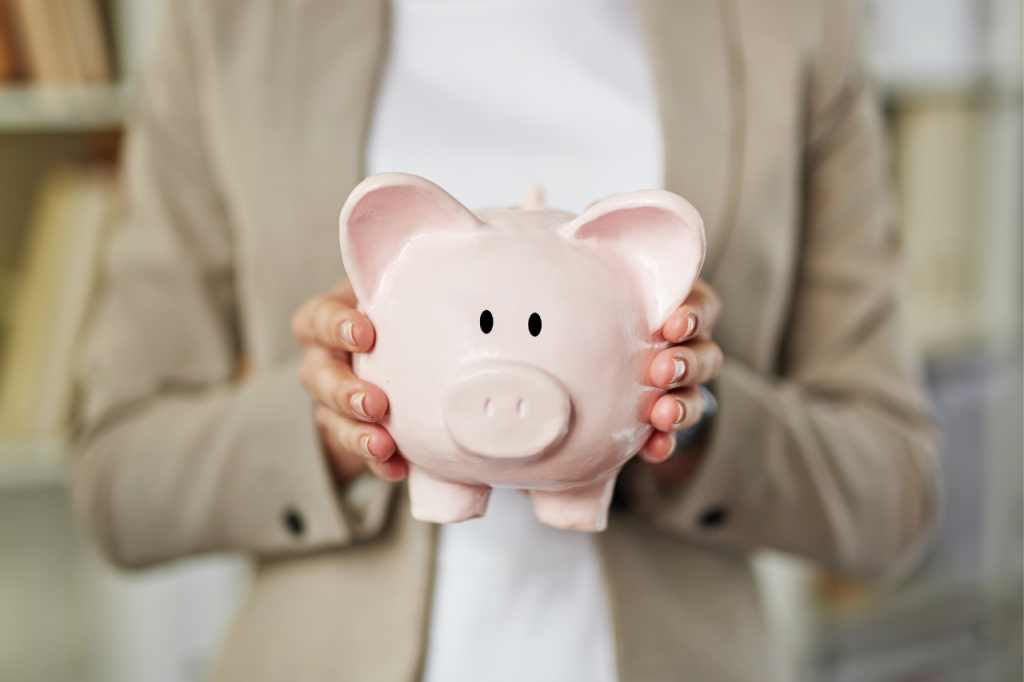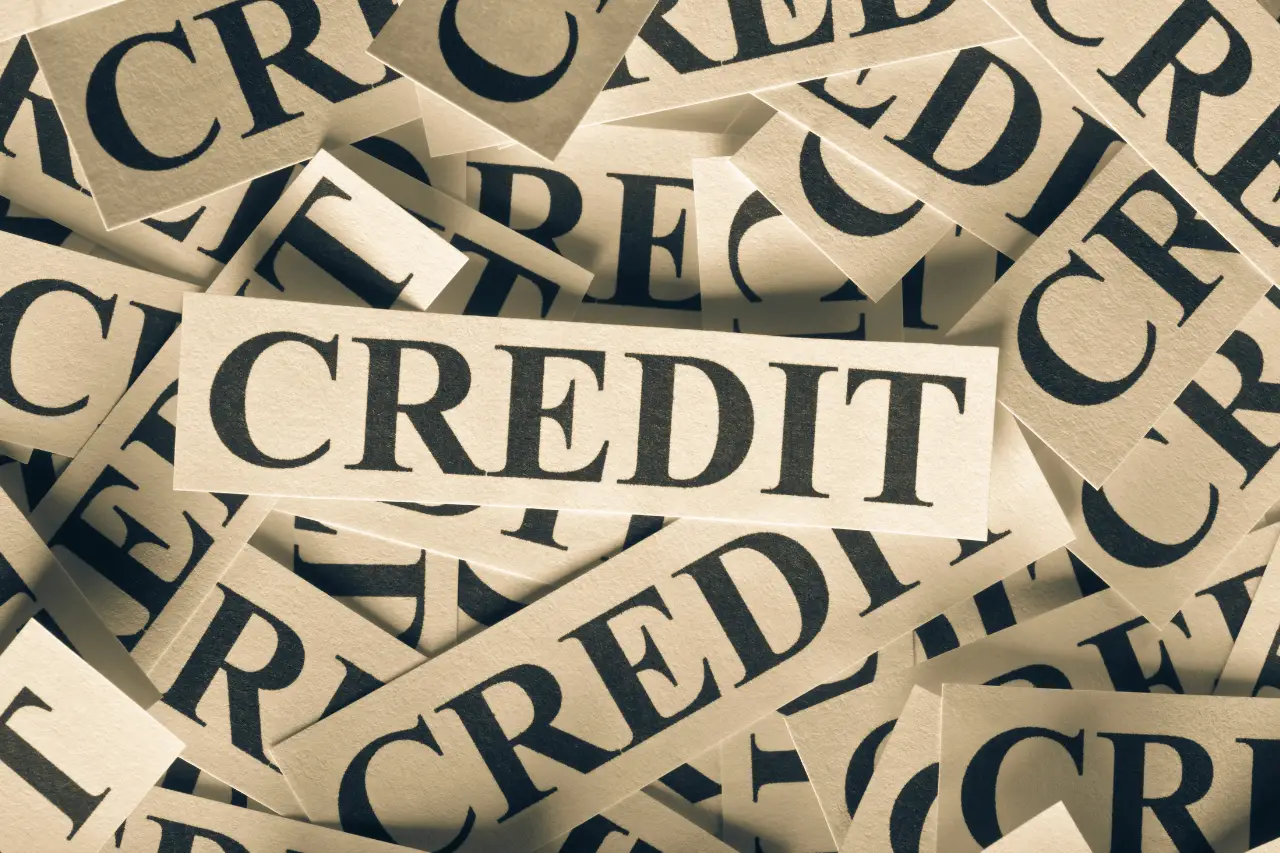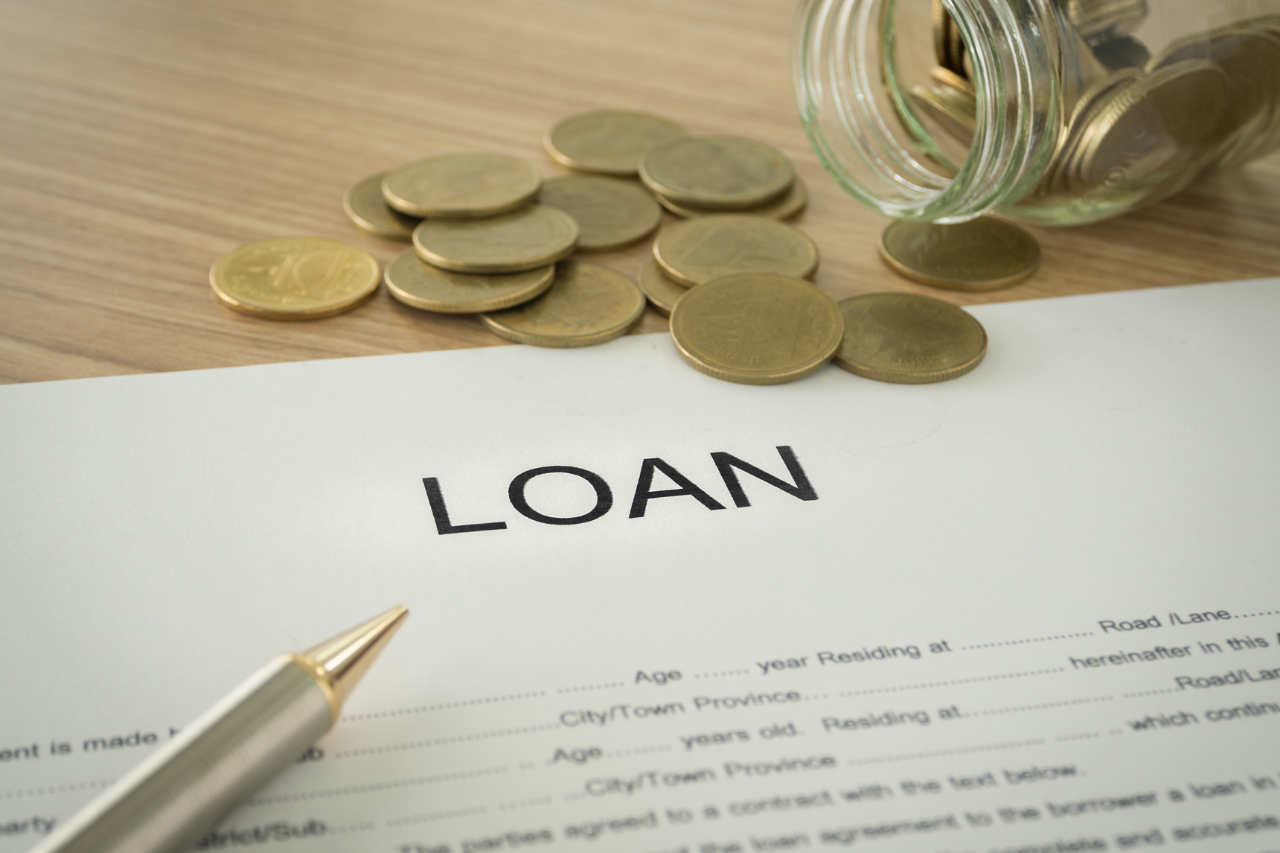
How a Rainy Day Fund Differs from an Emergency Fund

Share:
Having a rainy day fund is essential in today’s economy. It can be the difference between getting through an emergency unscathed or being crippled by financial hardship for years to come. But how much should you have saved in your rainy day fund? And what’s the difference between a rainy day fund and an emergency fund? In this article, we’ll discuss how much you should have in your rainy day fund and the difference between a rainy day fund and an emergency fund.
How Much Should Your Rainy Day Fund Be?
The amount of money you should keep in your rainy day fund will depend on your individual circumstances. Generally speaking, it’s a good idea to save enough to cover at least three months of living expenses. This will ensure you have enough money on hand if you experience a job loss or other unforeseen financial difficulty. It’s also a good idea to set aside additional money for bigger expenses, such as car repairs and health care bills. You should also consider setting aside money for unexpected expenses, such as travel costs.
Key Takeaways
– A rainy day fund should cover at least three months of living expenses.
– Consider setting aside additional money for bigger expenses, such as car repairs and health care bills.
– Set aside money for unexpected expenses, such as travel costs.
– Understand the difference between a rainy day fund and an emergency fund.
Rainy Day Fund vs Emergency Fund
A rainy day fund and an emergency fund are similar in that both are designed to help you weather unexpected financial hardship. The main difference between the two is the purpose they serve. A rainy day fund is typically used for smaller, more manageable expenses, such as groceries or car repairs. An emergency fund is meant for larger amounts of money to help you cover the cost of major life events, such as a job loss or medical bills. While it’s important to have both types of funds available, an emergency fund should be your priority if you don’t have the means to save for both.
What is a Rainy Day Fund?
A rainy day fund, also known as an emergency fund, is a pool of money that you set aside for unexpected expenses. It’s typically recommended to have at least three to six months’ worth of living expenses saved in case of job loss or other emergencies. This way, you won’t be forced to take on debt if something unexpected happens.
When you’re deciding how much to put in a rainy day fund, it’s important to consider your personal financial needs. If you have a stable job and no major medical bills, then three to six months’ worth of living expenses may be appropriate. On the other hand, if you are self-employed or have large medical bills, you may need to save more.

Rainy day savings strategies
1. Make a list of the expenses you’d need to cover in an emergency. This will help you determine how much money to save, as well as the type of account you should open.
2. Automate your savings contributions. You can set up automatic transfers from your checking account into a designated rainy day fund each month. This will make it easier to build your savings without having to remember to manually transfer funds every month.
3. Choose the right savings account. Look for an account with a competitive interest rate and no withdrawal penalties so you can access your money quickly if needed. You may also want to consider an online-only bank, as these tend to offer higher rates than traditional banks.
4. Don’t dip into your rainy day fund for non-essential expenses. It’s important to keep your savings intact in case of an emergency, so avoid using your rainy day fund for things like vacations or shopping sprees.
What are the benefits of having a rainy day fund?
Having a rainy day fund can provide peace of mind and financial security in case of an emergency. It also allows you to avoid taking on debt if something unexpected happens, which can help keep your credit score intact. Finally, it can give you the freedom to take risks and invest in yourself knowing that you have a safety net if things don’t go as planned.
Expenses your rainy day fund should cover
Your rainy day fund should be used to cover unexpected expenses, such as car repairs or medical bills. It can also be used for minor lifestyle changes or investments, like taking a cooking class or starting a business. Ultimately, the goal is to have enough saved so that you can cover your expenses if something unexpected happens.
Where should I keep rainy day funds?
It’s up to you where you keep your rainy day fund, but it’s generally recommended to have it in a savings account so you can easily access it if needed. Some people choose to keep their rainy day fund in a separate account from their other savings so they’re less tempted to spend it. Others may prefer to keep it all in one account for simplicity.
No matter where you keep your rainy day fund, the important thing is to make sure it’s easily accessible in case of an emergency.
3 ways to boost your savings
1. Automate your savings: Set up automatic transfers from your checking account to your savings account so you’re automatically saving each month.
2. Save your windfalls: When you receive a bonus at work or a tax refund, add it to your savings account.
3. Cut back on expenses: Take a look at your budget and see where you can cut back on spending so you can save more.

What if I can’t afford to save?
If you’re struggling to save for a rainy day fund, there are a few things you can do. First, take a look at your budget and see if there are any areas where you can cut back on spending. You may also be able to boost your income by taking on a side hustle or getting a second job. Finally, consider asking family or friends for help if needed.
What does Rainy Day mean in finance?
In finance, a rainy day fund is an emergency savings account meant to cover unexpected expenses. It’s usually recommended to have three to six months’ worth of living expenses saved in case of job loss or other emergencies. Having a rainy day fund can help you avoid taking on debt if something unexpected happens.
What’s the best account for a rainy day fund?
The best account for a rainy day fund is a savings account. This will give you easy access to your money if needed, while also earning interest on your savings. Some people prefer to keep their rainy day funds in a separate account from their other savings so they’re less tempted to spend it.
Should I have a 3 or 6-month emergency fund?
It depends on your individual situation. If you have a stable job and reliable income, three months’ worth of living expenses may be enough. However, if you are self-employed or have large medical bills, then six months’ worth of savings may be more appropriate. Ultimately, you should save as much as possible to ensure that you can cover any unexpected expenses.
What percentage of Americans have a rainy day fund?
According to the Federal Reserve’s Report on the Economic Well-Being of U.S. Households in 2019, only 39% of Americans have a rainy day fund that can cover three months’ worth of expenses or more. This means that many people are unprepared if an emergency arises and can be at risk for taking on debt to make ends meet. It’s important to make sure you have a rainy day fund so that you can stay financially secure.
What is the 50-30-20 rule?
The 50-30-20 rule is a budgeting method that can help you manage your money better. Under this rule, you would allocate 50% of your income to essential expenses like rent and groceries, 30% to wants (like entertainment or eating out), and 20% to savings and debt repayment. This strategy can help make sure you are allocating enough of your income to savings and debt repayment while still having money for the things you enjoy.
Bottom Line
Having a rainy day fund is an important part of financial planning. It can help you stay prepared for any unexpected expenses that may arise, so it’s important to make sure you’re saving enough money in case of emergency. Figure out how much you need to save and make sure to add any windfalls or bonuses you receive to your savings account. Finally, consider utilizing the 50 30 20 rule to help make sure you’re budgeting enough money for savings. With a rainy day fund in place, you’ll be better equipped to handle any financial surprises that may come your way.
Most Popular


What is Coffee Bloom and why does it happen?

20 Best Books Made Into Movies And TV Shows

Money Matters: 19 Best Personal Finance Books
Subscribe To Our Weekly Newsletter
Categories
Related Posts

Money Matters: 19 Best Personal Finance Books
Share: Financial planning is a key element of financial success. It can help you secure your financial future and meet any financial goals you may have. Whether you’re looking to

How to Manage Your Money: Transform Your Finances
Share: Taking control of your finances is the first step to better money management. Whether it’s tracking how much you’re spending, setting up a budget or getting organized with your

Unsecured Personal Loans: Key Considerations
Share: If you’re in need of funds but don’t have any assets to use as collateral, an unsecured loan may be the right solution for you. Unsecured loans are financial

Mastering Credit Inquiries
Share: A credit inquiry is an assessment of an individual’s creditworthiness and is typically conducted by a credit grantor, such as a bank, credit card company, or lender. The inquiry

What is a Loan: Navigating Loan Basics
Share: What is a Loan? A loan is a sum of money borrowed by an individual or organization from another party. The borrower must then repay the full amount, plus

Jumpstart Your Business with Grants
Share: If you are thinking about starting a small business, one of the first things you need to do is research the various business start-up grants that may be available

Tips for Successful Loan Applications
Share: Applying for a loan can be a daunting task, but with a little preparation and knowledge, it can be a relatively easy process. There are a few things you’ll

Home Renovation Financing Solutions
Share: What is a home renovation loan? A home renovation loan is a loan used to finance home renovations. Homeowners can use home renovation loans for a variety of purposes,
